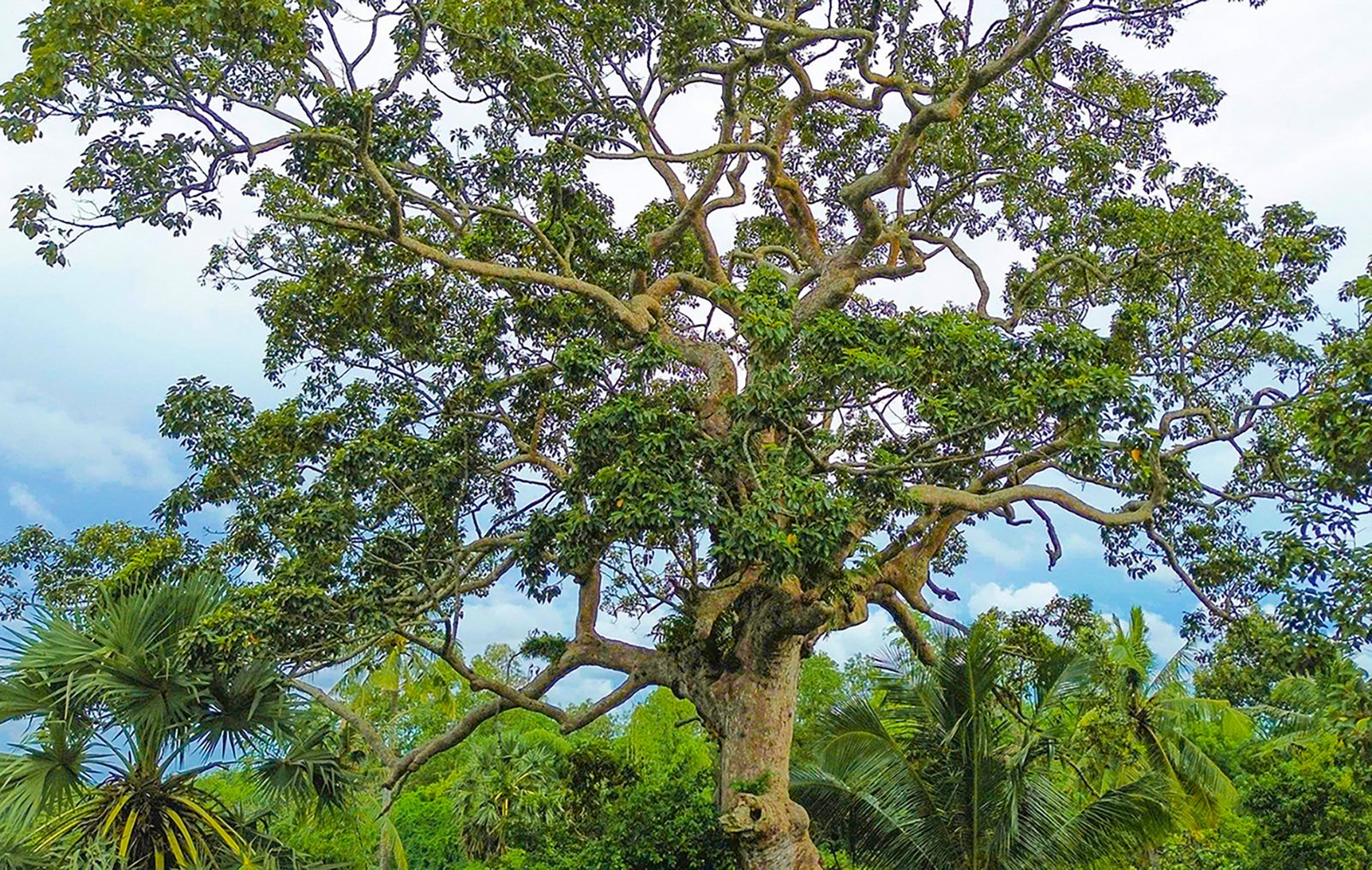
Although more than 700 years old, the cajuput tree still grows green and flourishes. Photo: PHAM HIEU
The “old” Dau Rai tree in To An hamlet, Co To commune is located on the land of the people, 50m from the front of the traffic road. To guide visitors from afar, in front of the roadside entrance there is a sign with the words “Heritage tree (Dau Rai) over 700 years old”.
According to observations, the tree is about 30m high; the base of the tree is about 7-8 people can hug it without touching; the canopy is more than 20m wide, lush and green. In particular, the exposed roots lie crookedly, rough, looking like a giant snake often heard in legends in the Bay Nui region sunbathing. Meanwhile, the trunk of the cajuput tree has many large nodules, the tree skin is very sturdy.
Mr. Ta Pol - a resident living next to the cajuput tree said that he is nearly 70 years old this year but he has heard that since his grandfather's time he has seen a cajuput tree this big. During the war, bombs and bullets exploded loudly but the cajuput tree did not break and was still green and healthy.
Then there was the story of someone who wanted to cut down the tree for wood but couldn't, the saw broke when it touched the tree trunk... Therefore, the locals believed that the tree was protected by a spirit; when people in the village had something to do, they often came to pray, hoping for luck and blessings...
According to the local government, Co To has many attractions and tourism development potential such as cajuput forests, beautiful golden rice fields on the hills, ancient Khmer pagodas with beautiful architecture. In particular, the locality has a long-lived cajuput tree that is a highlight for tourists to visit and admire the mysterious beauty of this tree.
In 2013, the “old” tree was recognized as a Vietnamese heritage tree by the Vietnam Association for Conservation of Nature and Environment in collaboration with the An Giang Forest Protection Department, with an estimated age of over 700 years. Currently, the locality is strengthening the conservation and preservation of the “old” green “old” Euphorbia hirta tree and plans to widen the road leading to the tree so that visitors from afar can easily visit.
For the local people, this 700-year-old tung tree is considered a symbol, especially for the Khmer people, who highly value it and consider it a guardian spirit. Every January, after the rice harvest, monks at the pagoda and local people gather to pray for peace and express gratitude to the tung tree for protecting the people and praying for a prosperous business...
Mr. Pham Minh Tong - a tourist from Ho Chi Minh City shared: "I have seen many cajeput trees, but this is the first time I have seen one this big and long-lived. Looking at this tree, I remember my summer vacations when we kids often went to the old streets of Saigon from Nam Ky Khoi Nghia, Pham Ngoc Thach, Le Duan to the grounds of Thong Nhat Hall, the city's children's house... to compete to look at and catch the cajeput fruits that rotate in the wind and fall from the trees. Today, cajeput trees line up on many central streets, shading in 30/4 Park, Tao Dan Park, Pasteur Street, Vo Van Tan, Le Quy Don... not only very beautiful but also a witness to the changes of Saigon past and present".
It is known that in An Giang, in addition to this tung tree, there are many other trees recognized as Vietnam heritage trees such as: 2 lychee trees over 300 years old in Svay Ta Hon pagoda, O Lam commune; an ancient tamarind tree over 600 years old in Tri Ton commune; tung tree over 300 years old in An Cu commune; 3 water lily trees over 300 years old in Cho Vam commune... In Phu Quoc special zone, there are also 6 ancient trees including: 2 trai trees, 2 kien kien trees and 2 kơ nia trees also hundreds of years old in Phu Quoc National Park recognized as Vietnam heritage trees...
| The otter oil tree has another name, water oil, and the scientific name is Dipterocarpus alatus Roxb. ex G. Don, family Dipterocarpaceae. This tree is widely distributed in Southeast Asia. In Vietnam, the otter oil tree grows naturally in the southern provinces or is planted along roads and parks in the city for shade... |
PHAM HIEU
Source: https://baoangiang.com.vn/-cu-dau-rai-hon-700-nam-tuoi-a463257.html



![[Photo] Prime Minister Pham Minh Chinh chairs a meeting of the Government Standing Committee to remove obstacles for projects.](https://vphoto.vietnam.vn/thumb/1200x675/vietnam/resource/IMAGE/2025/10/06/1759768638313_dsc-9023-jpg.webp)

![[Photo] Prime Minister Pham Minh Chinh chaired a meeting of the Steering Committee on the arrangement of public service units under ministries, branches and localities.](https://vphoto.vietnam.vn/thumb/1200x675/vietnam/resource/IMAGE/2025/10/06/1759767137532_dsc-8743-jpg.webp)
























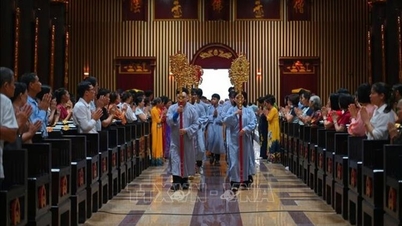
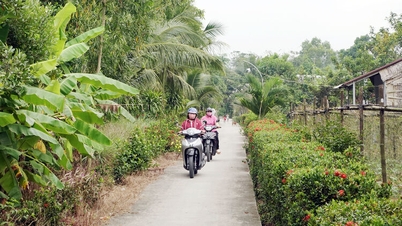


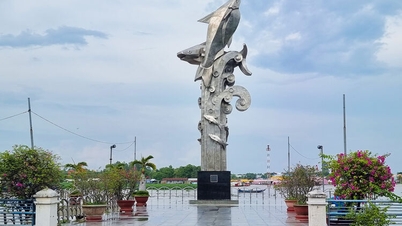















































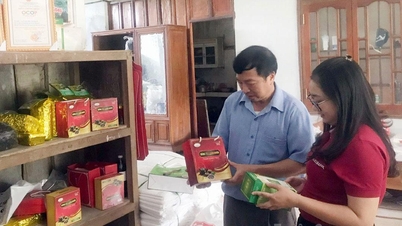

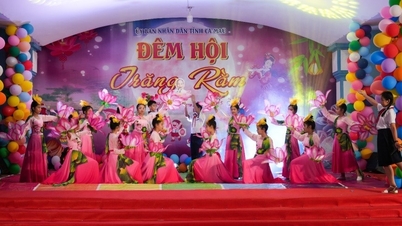





















Comment (0)